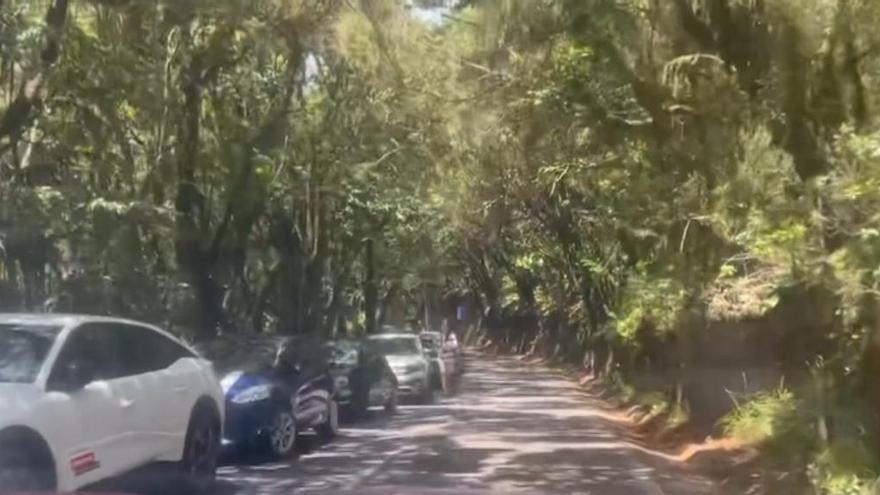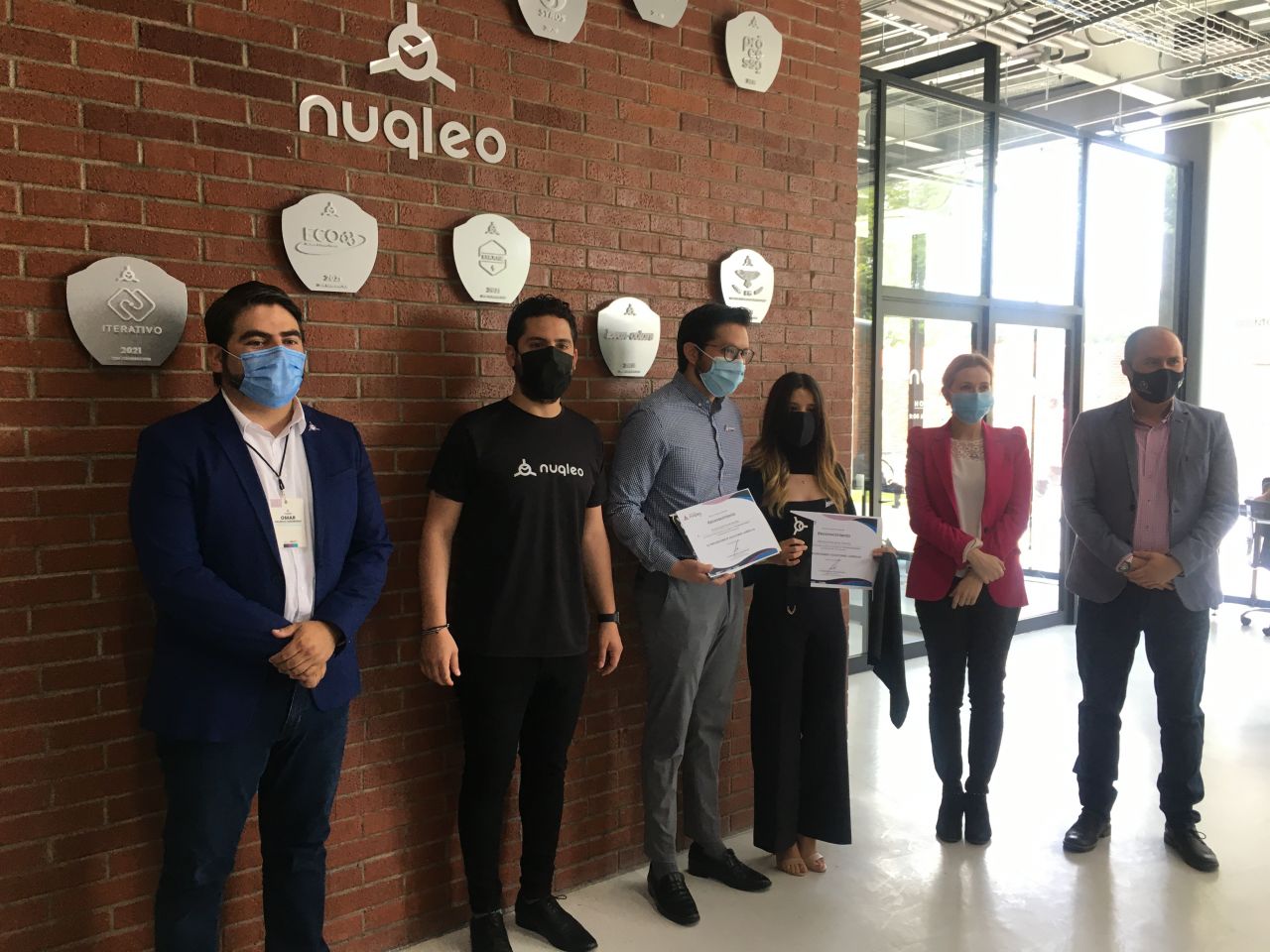Madrid, 19 years old (Europe Press)
Specifically, the team detected a cloud of debris that could be co-orbiting this planet and they believe it could be the building blocks of a new planet or the remnants of a planet that has already formed.
“Two decades ago, it was theoretically expected that pairs of planets of similar mass could share the same orbit around their star, the so-called Trojan planets or co-orbital planets. For the first time, we found evidence in favor of this idea,” said Olga Balsalobre-Rosa, a student at the Center for Astrobiology in Madrid.
Specifically, an international team of scientists used “ALMA” to discover the possible presence of Trojan planets in the “PDS 70” system. This star is known to host two giant Jupiter-like planets, PDS 70b and PDS 70c. In this regard, by analyzing archival ALMA observations of this system, the team discovered a cloud of debris at the orbital location of PDS 70b where the Trojans are expected to be.
According to experts, Trojans occupy so-called “Lagrangian” zones, two stretches of space in a planet’s orbit where the combined gravity of a star and a planet can trap material. In this way, they explained that when studying these two regions of the orbit of “PDS 70b”, they detected a “weak” signal from one of them, which indicates that a cloud of debris with a mass almost twice the mass of the Moon could be present.
The team believes this debris cloud could indicate a Trojan world present in this system, or a planet in the making. “Who can imagine two worlds that share the length of the year and the conditions of habitation? Our work is the first evidence that this type of world can exist. We can imagine that a planet could share an orbit with thousands of asteroids as in the case of Jupiter, but I am amazed that planets can share the same orbit,” Rosa Balsallubri said.
“It opens up new questions about the formation of Trojan horses, how they evolve and how frequently they occur in different planetary systems,” added Itziar de Gregorio Monsalvo, director of ESO’s Science Office in Chile.
To fully confirm its discovery, the organization notes that the team will have to wait until 2026, when it will use ALMA to see if PDS 70b and its sister debris cloud are moving significantly in their orbit around the star. “This would be a huge advance in the field of exoplanets,” Palsaloper-Rosa said.
De Gregorio-Monsalvo said: “The future of this topic is very exciting and we look forward to the expanded capabilities of ‘ALMA’, planned for 2030, which will greatly improve the group’s ability to describe Trojans over many other stars.
Trojan Horses: Common in the Solar System
According to the astronomical organization, Trojans, which are rocky bodies in the same orbit as a planet, are common in the solar system. In this sense, he explained as an example the Trojan asteroids of Jupiter, which are more than 12,000 rocky bodies in the same orbit around the Sun.
Astronomers have speculated that Trojans, especially the Trojan planets, could also exist around a star other than the sun, but they say the evidence is “scant”.
“So far, Exotrojans (Trojans outside the solar system) have been like unicorns, allowed to exist in theory, but no one has ever discovered them,” explained co-author and principal investigator of the Center for Astrobiology Jorge Lelo Box.

:quality(70)/cloudfront-us-east-1.images.arcpublishing.com/metroworldnews/RXXV66VIJVAB7GHLT6AFTNE7DY.jpg)



